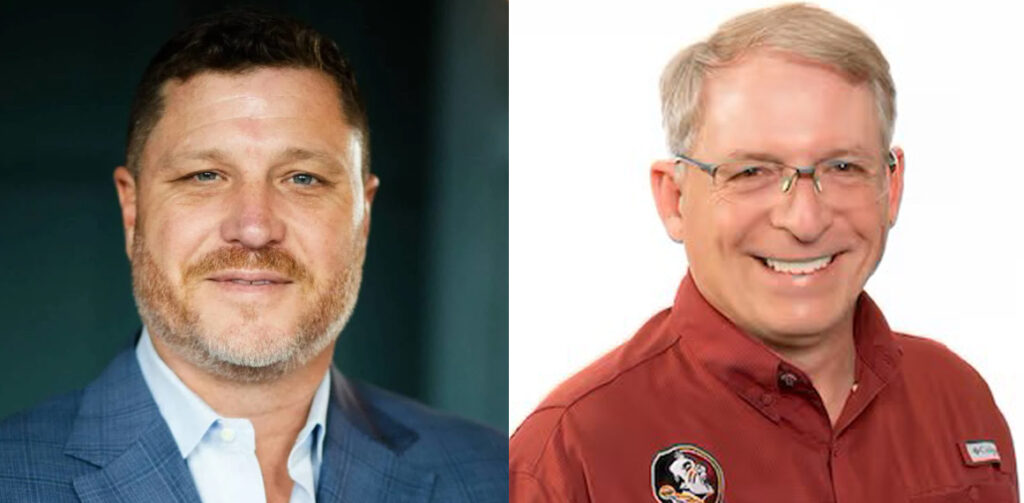By Jeff Brandes, Florida Policy Project; and Samuel R. Staley, DeVoe L. Moore Center
Hurricanes Helene and Milton tore through West and Central Florida, leaving as much as $34 billion in economic losses. The storms will likely rank as some of the costliest natural disasters in U.S. history. As a former state senator and as an academic focused on growth management, we understand the consequences of continuing to do things the same way. The “next storm won’t be as bad” is not a strategy.
As Floridians, we will pick up the pieces of shattered lives and property. We can also use this opportunity to think about the long-term consequences for our state. With 700,000 people moving into Florida each year, and knowing that more major hurricanes will hit the state, we must rethink our approach to flood-prone areas — not just for today but for the future. It’s time to build a resilient, affordable and sustainable future for Florida.
This challenge is particularly important for Central Florida and the Tampa Bay area as they are among the most vulnerable urban areas to extreme weather events like hurricanes. The Interstate 4 corridor is one of the state’s most economically vibrant and dynamic regions.
The solution does not lie in limiting growth or over-regulating development. Instead, we should empower communities with land-use reforms that encourage sustainable, resilient building practices while offering homeowners flexibility. Cities, counties and regional governments should use these recent disasters to look comprehensively at how we approach managing our growth, especially housing.
Local governments are far from powerless in meeting Florida’s changing housing needs. In fact, one consequence of statewide planning reform in 2011 was that it gave local governments much more control over land use and growth management.
So, what are the best practices local officials should consider? The Florida Policy Project and DeVoe L. Moore Center at Florida State University have been investigating practical options for local governments. A few complementary strategies and reforms stand out. They include encouraging more lot splits, accessory dwelling units and upzoning.
Lot splits would allow homeowners to divide their land into smaller parcels, making it easier to rebuild or develop new homes designed to withstand flooding. Smaller lots also mean higher density, which can help reduce the pressure to develop in environmentally sensitive or flood-prone areas.

Accessory dwelling units are working in many communities across Florida especially in St. Petersburg and Orlando. ADUs are smaller, independent homes like garage apartments and backyard suites built on the same lot as a primary home. ADUs can provide safe, alternative housing options for family members or renters and offer financial incentives for homeowners to elevate their properties. They allow communities to add housing and keep growth compact and sustainable.
Upzoning is another valuable reform to meet the demand for missing middle housing. This approach allows for more duplexes, triplexes, modest relaxation of height limits and other modest forms of increasing density. Most upzoning reforms allow for accommodating more housing but the changes are often so small they don’t change the character of the neighborhood. Indeed, often the added housing is not visible from public roads.
As we knit Florida’s communities back together, we need to think smarter and longer-term about our state’s housing market. Allowing for higher densities and more compact development in the right place is key to creating more resilient and sustainable communities that are also more resistant to natural disasters like hurricanes.
Jeff Brandes served for 12 years in the Florida Legislature and is the founder of the Florida Policy Project, a nonpartisan think tank dedicated to improving policy in Florida. Samuel R. Staley is the director of the DeVoe L. Moore Center at Florida State University and an expert in housing, land use and growth management.
This opinion piece was originally published by the Tampa Bay Times, which is a media partner of The Invading Sea. Banner photo: A debris staging area in the aftermath of hurricanes Helene and Milton hitting Florida (Ubuntwo, CC BY-SA 4.0, via Wikimedia Commons).
Sign up for The Invading Sea newsletter by visiting here. To support The Invading Sea, click here to make a donation. If you are interested in submitting an opinion piece to The Invading Sea, email Editor Nathan Crabbe at ncrabbe@fau.edu.



